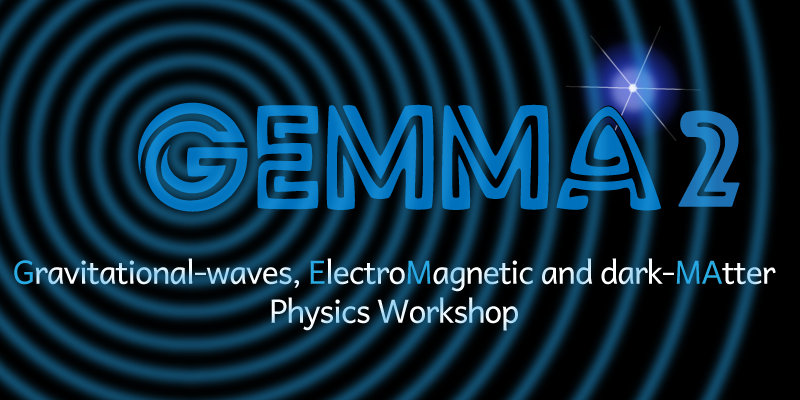Speaker
Description
Neutron stars are compact celestial objects that offer the unique opportunity to explore matter and its interactions under conditions that cannot be reproduced elsewhere in the Universe. Their extreme gravitational, rotational and magnetic energy reservoirs fuel their diverse emission properties, which are visible across the electromagnetic waveband as well as the gravitational wave window. However, accurately measuring global neutron-star properties such as mass, radius, and moment of inertia poses significant challenges. Probing internal characteristics such as the crustal composition or superfluid physics is even more complex. In this talk, I will provide an overview of various methods used to measure global and small-scale neutron star characteristics and their underlying assumptions. I will specifically highlight the importance of employing independent methods and adopting a multi-messenger approach to gather complementary data from observable phenomena. Consolidating the current state of knowledge on neutron star measurements is crucial for accurate interpretation of the existing data and errors, and better planning for future observations and experiments.

